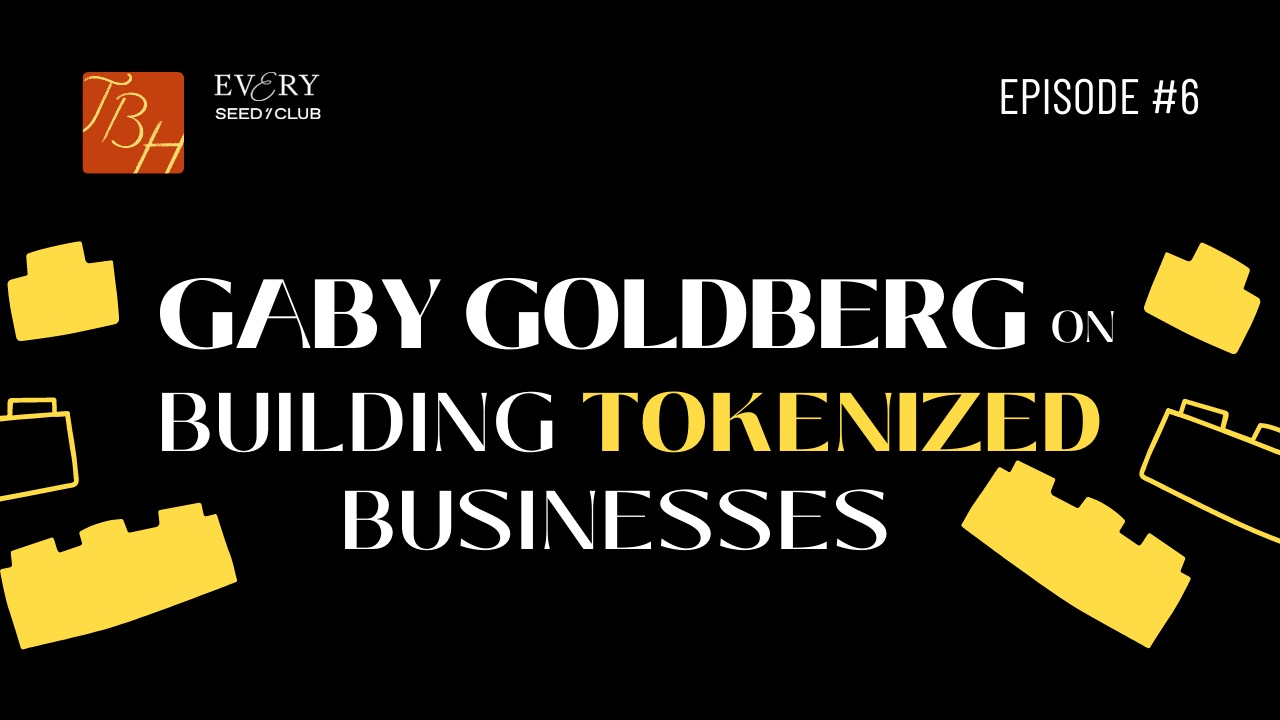
Crypto’s Failed Promise, the Science of Goal-Setting, and Why Sh*t is Hitting the Fan
Here’s everything we published this week.
May 14, 2022
Knowledge Partner: McKinsey & Company
Cloud economics. There’s a lot of value potential in the cloud, but it’s easy to make missteps. Companies that understand and adapt to the realities of cloud economics could get an edge. But to pull it off, they’ll need to avoid six costly mistakes—here’s how.
Happy Sunday!
Wow, what a week! From the end of the iPod to the ongoing saga that is Elon’s bid for Twitter to the economy looking…the way it looks, there’s been no shortage of happenings in the tech world.
Here at Every, we’ve got words on crypto’s potential and failed promises, just what is going on with the economy, exactly, and the neuroscience of goal setting.
Let’s get to ‘em!
Crypto’s Failed Promise
Evan Armstrong / Napkin Math
Market-watchers may have noticed that crypto’s prospects are looking…just the tiniest bit bleak. It’s certainly a far cry from what proponents have promised: that crypto will help solve society’s hard problems by “financially incentivizing human coordination mechanisms.”
This week on Napkin Math, Evan gets down to the bottom of why crypto has failed to live up to its lofty ambitions. It all boils down to one metric, the single standard of success against which all crypto projects are judged: the almighty internal rate of return (IRR). In other words: Ironically for an industry that talks a lot about aligning incentives, crypto’s incentives are, well, misaligned.
Why Sh*t is Hitting the Fan
Nathan Baschez / DivinationsLast week on Divinations, Nathan traced the complex causal chain that seems to be pulling the tech sector into a market downturn. This week, he zooms out to ask the question: Why is this happening?
The answer involves a deep dive into interest rates, inflation, and Fed policy—and how the whole thing adds up to an economy in overdrive. Low interest rates lead to increased borrowing, which leads to increased spending, which leads to more borrowing and more spending, until the whole cycle spins out of control. Meanwhile, in tech, you add in sky-high valuations, forgotten fundamentals, and too many dollars chasing too few investments, until eventually you hit a wall that issues a shock to the system. And boom, there you have it: correction.
The Neuroscience of Achieving Your Goals
Lewis Kallow / SuperorganizersWhether you’re aiming to scale a mountain, start a company, or beat the next level of your favorite video game, getting what you want is all about setting and achieving goals. But if you’ve ever tried to set a goal and found it tricky to follow through (i.e. you are human), you know turning dreams into reality can be a bit more elusive than we would like.
That’s where a good understanding of neuroscience comes in handy. Turns out that when you understand your own brain and how it assesses value and controls action, you can turn that knowledge into strategies that channel neurochemistry into results.
This week on Superorganizers: a tour of the neuroscience of setting and achieving goals, summarizing a podcast from neurobiology expert, Professor Andrew Huberman.
“Disregard the Words”
Josh Miller / EveryThink about a piece of tech you loved. Like really, really loved. Maybe it was your first iPhone, or the productivity tool that finally got your life on track. Did you ever find describing what you loved about it just a little bit difficult to put into words? In this post, Browser Company CEO Josh Miller reflects on why the products we love the most are often the hardest to talk about.
Betting on Consumer Tech’s Tokenized Future
Sari Azout & Joey Debruin / Tokens, But How?A common narrative in web3 circles is that the relationship between platforms and the users that frequent them has fallen out of whack. Incentives aligned early on, when users were excited about the platform and the platform was excited to be attracting users; but as the platform grows, the company grows ever-more focused on the bottom line—and the user experience suffers as a result.
In this episode of Tokens, But How, Sari and Joey are joined by consumer tech investor Gaby Goldberg to talk about how tokens might be able to help solve this problem, and rebalance the power between platforms and the people that use them.
Crypto Gaming is Broken. How Do We Fix It?
Nat Eliason / Almanack
Don’t let the title fool you—Nat isn’t giving up on crypto gaming. But having spent tons of time in the space, he does see some room for improvement. In this post, he outlines seven problems in the current crypto gaming space—problems that, if solved, could pave the way for the next World of Warcraft or Runescape… but with a real-world economy attached.
A Few More Recommendations:
Web3 Is Our Chance to Build a Better Internet | Harvard Business Review
Those who believe in the potential of web3 see it as a chance to build, not just a different internet, but a better internet. It’s a big goal, and as our very own Li Jin and Katie Parrott argue in this piece, it needs a shared philosophical framework to guide it.
Uber wants to show you the money | Oversharing
This one’s for the Napkin Math fans! For years, the world’s most recognizable rideshare company has been plagued by a single question: Can it be profitable? In this post from Oversharing, Alison Griswold poses a question of her own: thirteen years into the company’s tenure, why do we still have to ask that?
A Tactical Guide to Working with EAs | First Round Review
The art of effective delegation is one of the highest-leverage skills that a person can learn in order to level up into leadership. It’s also the skill that many find the most challenging to develop. In this post from First Round, founder and CEO Sam Corcos his principles for getting the most out of working with an executive assistant (EA)—plus eight tactics for more effective delegation.
12 Great Copywriting Examples (Plus a Ton of Copywriting TIps) | Demand Curve
Feelings dictate decisions. Emotional responses are why we share things that go viral, why we donate to causes, and why we buy what we buy (or don’t buy what we don’t need). Demand Curve looked for the most inspiring, creative, and effective copywriting examples they could find. Here’s the winners’ list.
That’s all for this week!
The Only Subscription
You Need to
Stay at the
Edge of AI
The essential toolkit for those shaping the future
"This might be the best value you
can get from an AI subscription."
- Jay S.
Join 100,000+ leaders, builders, and innovators

Email address
Already have an account? Sign in
What is included in a subscription?
Daily insights from AI pioneers + early access to powerful AI tools












Comments
Don't have an account? Sign up!